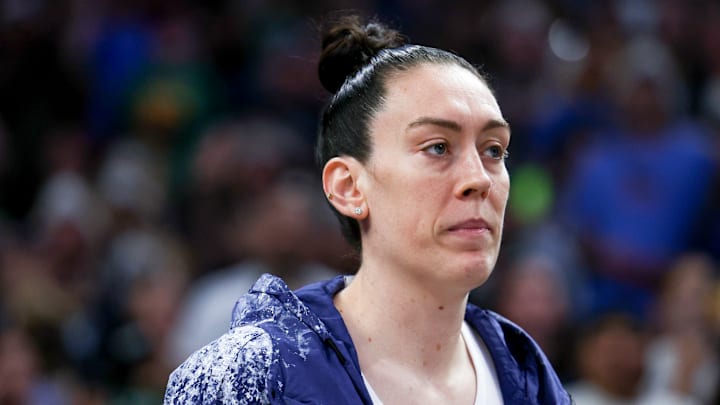The Dallas Wings headed into Friday's game against the Atlanta Dream with seven players listed as available to play — a harsh reality that resulted from a combination of injuries and illnesses. The team managed to sign Christyn Williams to a so-called "extreme" hardship contract and Williams suited up.
The Wings aren't the only team who have experienced intense roster disruptions this season. The Fever are notably operating without Caitlin Clark, Aari McDonald, Sydney Colson, and Sophie Cunningham, and have added on several players by way of hardship contracts all season. The Wings and the Fever also aren't the only team battling injuries this year.
There's an obvious solution starting the league in the face, but so far, the W hasn't commented on it: roster expansion has to be a crucial arguing point for the WNBPA as they continue to negotiate a new CBA.
For athletes, coaches, and fans alike, an ideal WNBA roster size tends to hover between 14-15 players. That's a sharp uptick from the current maximum of 12, and a solid increase over the 11 that most teams actually carry so they can stay under the league's hard salary cap of $1,507,100.
Roster expansion could change everything
Expanding roster sizes would make it infinitely easier for teams when players go down with injury or illness. While hardship contracts have proven to be enormously useful in 2025, the reality is that there are only so many players to choose from — many who don't make it into the WNBA sign contracts with teams overseas, and it's also not always easy to stay in WNBA-ready shape if you aren't playing consistent games.
In fact, the Wings interviewed 30 players in two days before landing on Williams. As reported by Front Office Spots, Williams had an hour and a half to make a flight from Phoenix to Atlanta for the team's game.
As explained by Front Office Sports, expanding roster sizes could be accomplished one of two ways. The first is the most obvious: increase the salary cap so that teams can carry more athletes on a roster in the first place. The second is akin to something other professional leagues have done: teams could sign 2-3 additional players who come to practice but don't fly out with teams for away games; they're ready to go should they be called upon, and the pay scale would probably differ from what athletes on the main 12-person roster receive.
